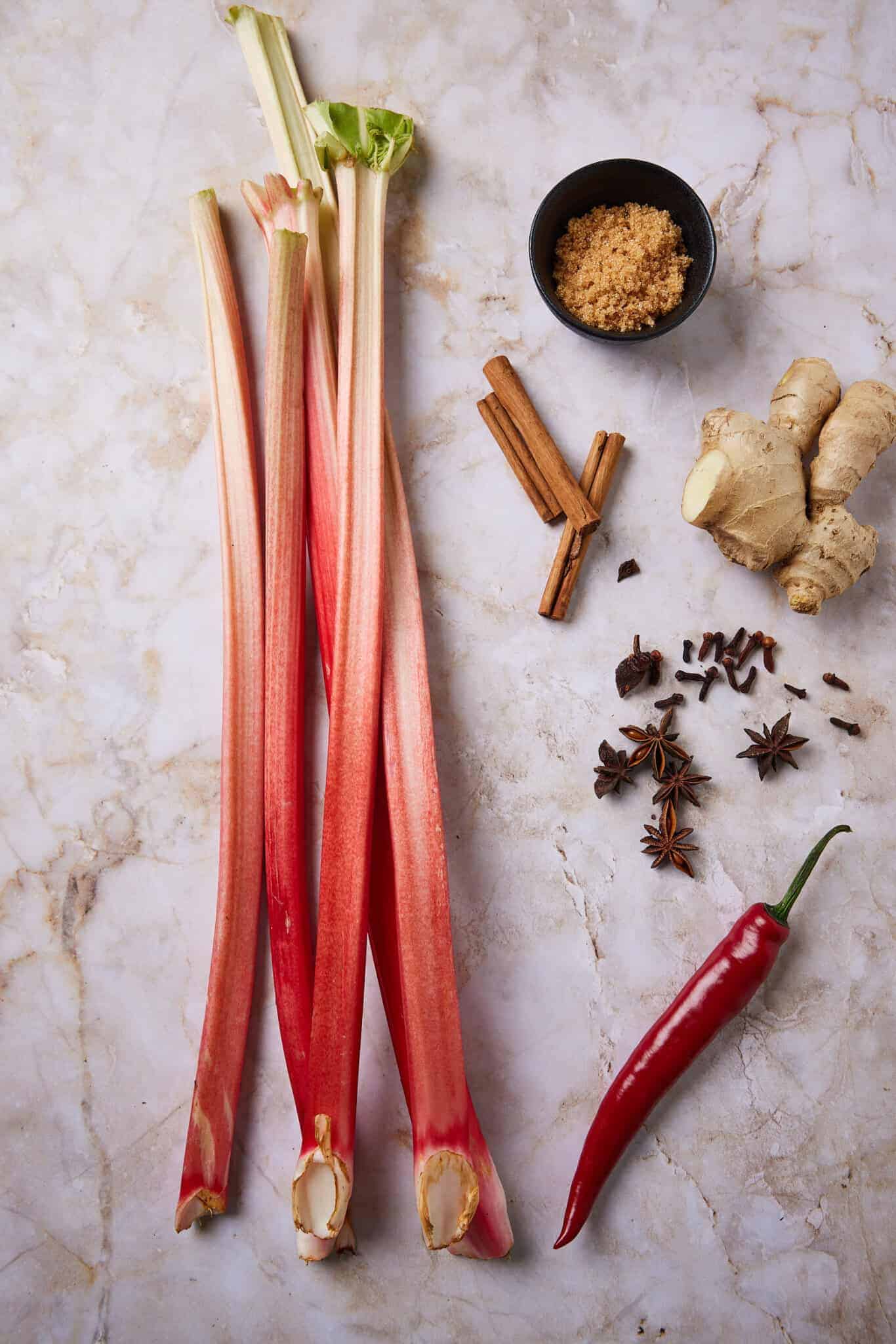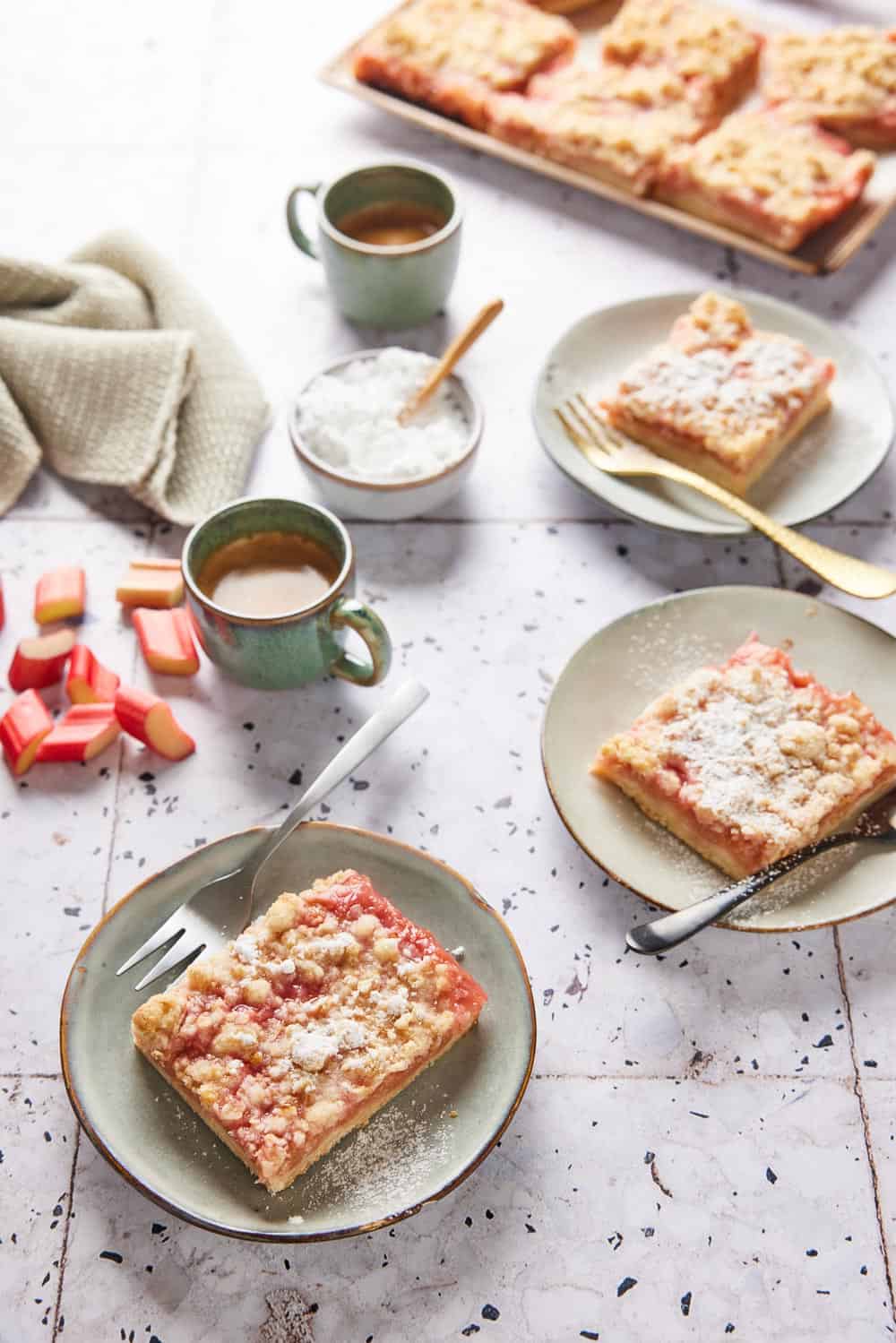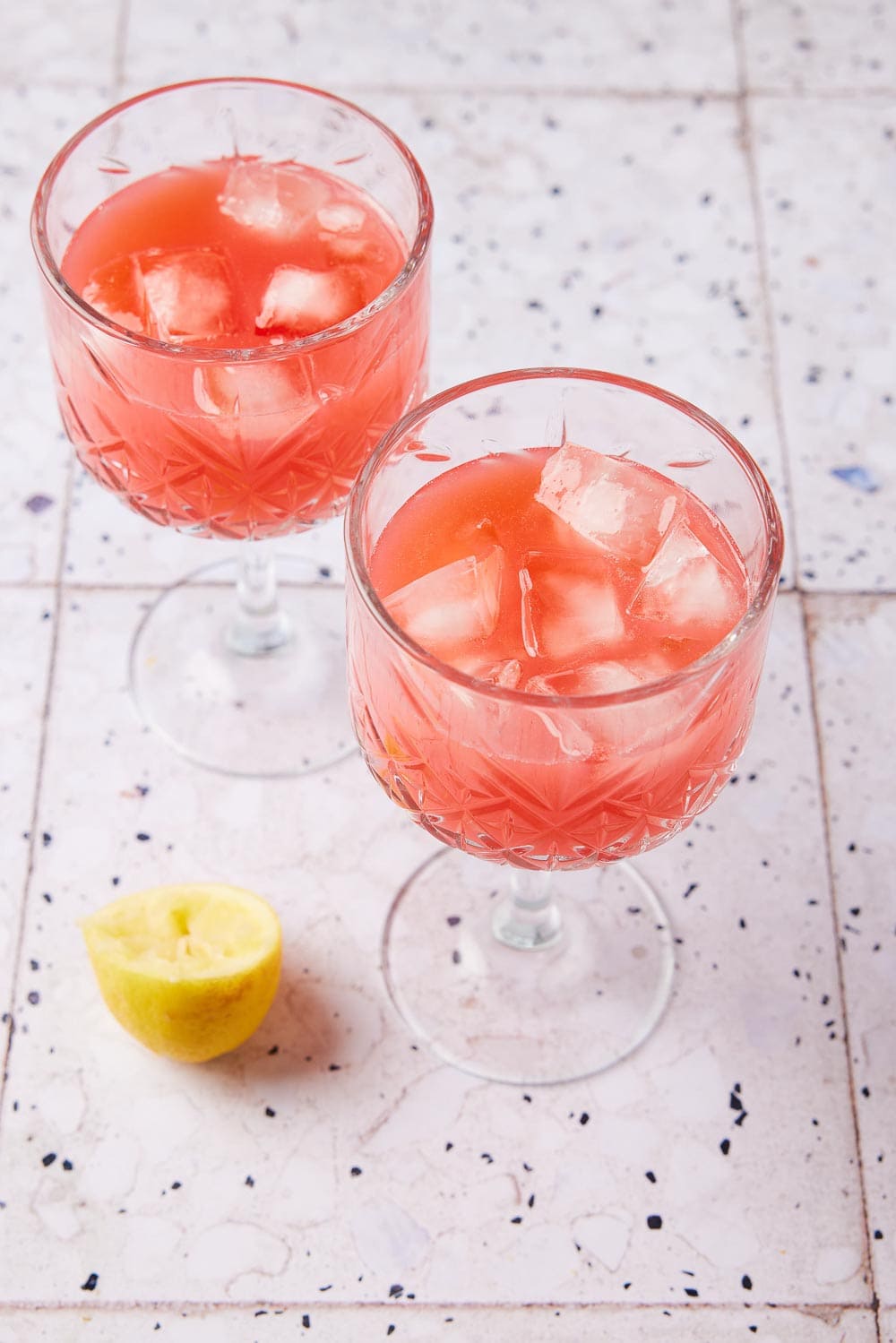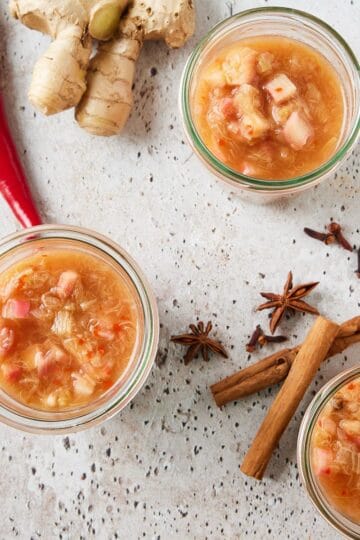That Sweet-Tart Springtime Star: Rhubarb!
You’ve seen those gorgeous pink stalks that pop up for just a short while each year—yep, we’re talking about rhubarb. But what exactly is it? And more importantly… what can you actually do with it?

Everything You Ever Wanted to Know About Rhubarb
Spring has sprung—which means it’s prime time to enjoy rhubarb!
To be honest, I seriously underrated this veggie for way too long. I only knew it as that sour side dish my grandma used to serve with dinner. But like so many great ingredients, rhubarb has so much more to offer in the kitchen than its old-school reputation suggests.
A Little History (and a Little Weird Science)
Rhubarb has been around for thousands of years—though it started out as medicine. The Chinese used compounds from the root as a natural laxative. It’s also said to have a cleansing effect on the body, especially for the heart and blood vessels.
In the early 1500s, a royal gardener in England discovered that rhubarb was actually edible—and from then on, it started showing up more and more on dinner tables.
Interestingly, even though rhubarb is technically a vegetable, its tart taste often calls for a generous sprinkle of sugar, which makes it feel more like fruit. No wonder it’s such a dessert darling.

Rhubarb 101: What Does It Look Like?
Rhubarb grows like a bush, with thick green or ruby-red stalks and big, dark green leaves. You’ll start seeing it at farmers’ markets and in stores around March, and it usually sticks around until the end of August.
Top Tips & Tricks for Working with Rhubarb
Thinking of bringing some rhubarb magic to your kitchen? Here are some must-know pointers:
- Pick the right stalks: Look for firm, crisp stalks with a slight sheen. They should snap when bent, not bend like a noodle.
- Storage smarts: Keep rhubarb in the fridge for up to a week. On the counter? You’ve got about three days before it goes limp and loses flavor.
- Don’t eat the leaves! Unlike other veggies where the greens can be reused, rhubarb leaves contain oxalic acid, which is toxic. So toss them right away—no exceptions!
- Not all rhubarb is red: The redder the stalk, the sweeter the flavor. Some varieties stay green even when ripe—ask your produce vendor so you don’t end up waiting for them to change color (spoiler alert: they won’t).
- Prep like a pro: Trim off the white bottom bit and rinse the stalks well under cold water before cooking.
- Avoid aluminum pans: Rhubarb’s natural acidity can react with aluminum, creating an unpleasant, metallic or sulfur-like taste.
What Can You Make with Rhubarb?
So many things! Here’s how to make the most of that tart perfection:
- Classic compote or chutney: Just simmer rhubarb with sugar and boom—dessert is served. Or go for a more savory version with this rhubarb chutney.
- Sweet sidekick for desserts: Spoon some stewed rhubarb (plus a bit of its syrup) over cakes, ice cream, or yogurt.
- Add vanilla or custard: Toss in a packet of vanilla sugar or a splash of custard to balance that tartness with creamy sweetness.
- Savory twist: Yes, rhubarb works in savory dishes too! Try it with mashed potatoes and a meatball, or take it up a notch with a savory puff pastry tart featuring rhubarb and spicy sausage. Sounds odd—tastes amazing.

Rhubarb: Veggie or Fruit?
It’s officially a vegetable, even though most of us treat it like fruit because of how it’s used. So yeah, it’s a veggie in disguise!
FAQs About Rhubarb
Absolutely! Chop it into pieces and freeze it raw—vacuum-sealing works best to keep it fresh for up to a year.
Rhubarb keeps pretty well in the fridge for about a week. Once it starts to go limp, it’s time to use it up.
Yes, please! I'll soon be sharing a recipe for a rhubarb and strawberry jam. So good!
Only the leaves are toxic. The stalks are perfectly safe and healthy in normal amounts. Rhubarb is high in oxalic acid, so experts recommend enjoying it no more than twice a week to avoid overloading your system.
The best rhubarb hits the shelves between late March and mid-June. After that, the oxalic acid content goes up, and the flavor can turn more sour and intense—though it’s often available until August.


Comments
No Comments